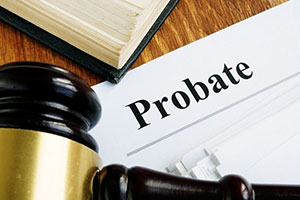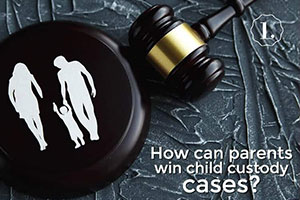Deed Changes: Know the Rules
Family Law | by
In the tapestry of property ownership, the deed to a property is a fundamental document, recording who holds title to real estate. It’s a common question among property owners: Can you remove someone from a deed without their knowledge? Let’s unpack this question, shedding light on the legal landscape surrounding property deeds, ownership rights, and the processes involved in altering these documents.
Understanding Property Deeds
A property deed is a legal document that transfers ownership of real estate from one party to another. It’s essential in defining who has legal rights and interests in a property. Key types include warranty deeds, granting deeds, and quitclaim deeds, each serving different purposes and offering varying levels of protection.
The Short Answer
To cut to the chase, removing someone’s name from a property deed without their knowledge or consent is generally not possible—and for a good reason. Property ownership rights are protected by law, and altering ownership without consent would violate these rights. The process of changing a deed typically requires the agreement and signature of all current owners.
Legal Avenues for Deed Changes
1. Voluntary Transfer: The most straightforward method to remove someone from a deed is through a voluntary transfer, where the person agrees to relinquish their ownership rights, often executed through a quitclaim or grant deed.
2. Court Order: In certain situations, a court may order the removal of a name from a property deed. This can occur during divorce proceedings, estate settlements, or other legal disputes where a judge determines the property’s rightful ownership.
3. Legal Actions: Specific legal actions, like partition lawsuits, can compel the sale or division of property when co-owners disagree on its disposition, indirectly affecting who holds title.
The Role of Consent
Consent plays a pivotal role in any deed change. Property laws are designed to protect owners’ rights, ensuring that no one can be stripped of property interests without agreement or due legal process. This protection covers all owners, including joint tenants, tenants in common, and marital property holders.
Potential Consequences of Unauthorized Changes
Attempting to remove someone from a deed without their knowledge or consent can lead to serious legal consequences, including fraud charges, civil lawsuits for damages, and the invalidation of the deed change. The integrity of property records and ownership rights is paramount in real estate law, and any action undermining this integrity is met with stringent legal scrutiny.
Special Considerations
- Divorce and Family Law: In divorce cases, property division is handled according to state law, with the court issuing orders that may include deed changes.
- Estate Planning: Through estate planning, individuals can specify the future transfer of their property interests, but this doesn’t remove someone from a deed immediately or without their knowledge.
Steps to Legally Change a Deed
- Consult with a Real Estate Attorney: Navigating deed changes requires legal expertise to ensure compliance with all relevant laws and regulations.
- Obtain Consent: All parties on the deed must agree to the change, typically evidenced by their signatures on the new deed document.
- Prepare the New Deed: A new deed must be drafted, accurately reflecting the agreed-upon changes in ownership.
- Notarization and Recording: The new deed must be signed in the presence of a notary public before being recorded with the county recorder’s office to become official.
Conclusion: Navigating Deed Changes with Care
Altering the ownership recorded on a property deed is a process bounded by legal safeguards to protect individuals’ property rights. While removing someone from a deed without their knowledge is not a viable or legal option, understanding the proper channels for changing ownership can help property owners navigate their options responsibly. Always consult with a legal professional to guide you through this process, ensuring that any changes are made ethically, legally, and with the full knowledge and consent of all parties involved.





